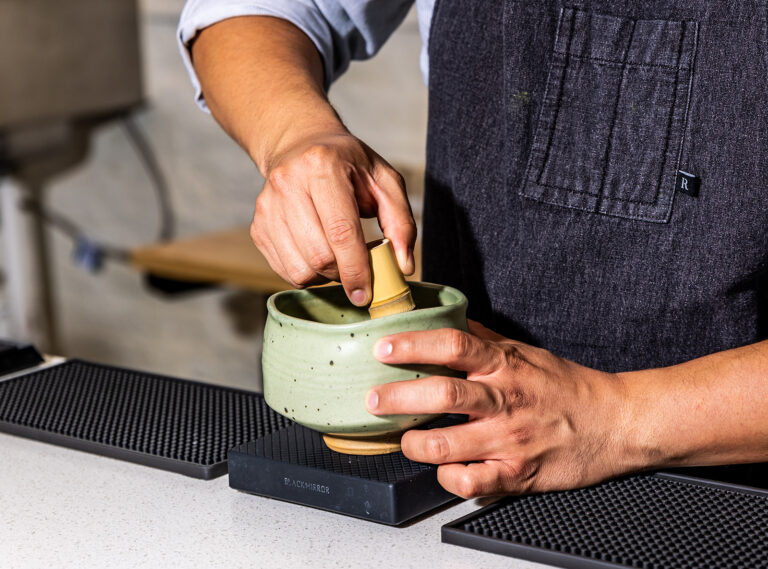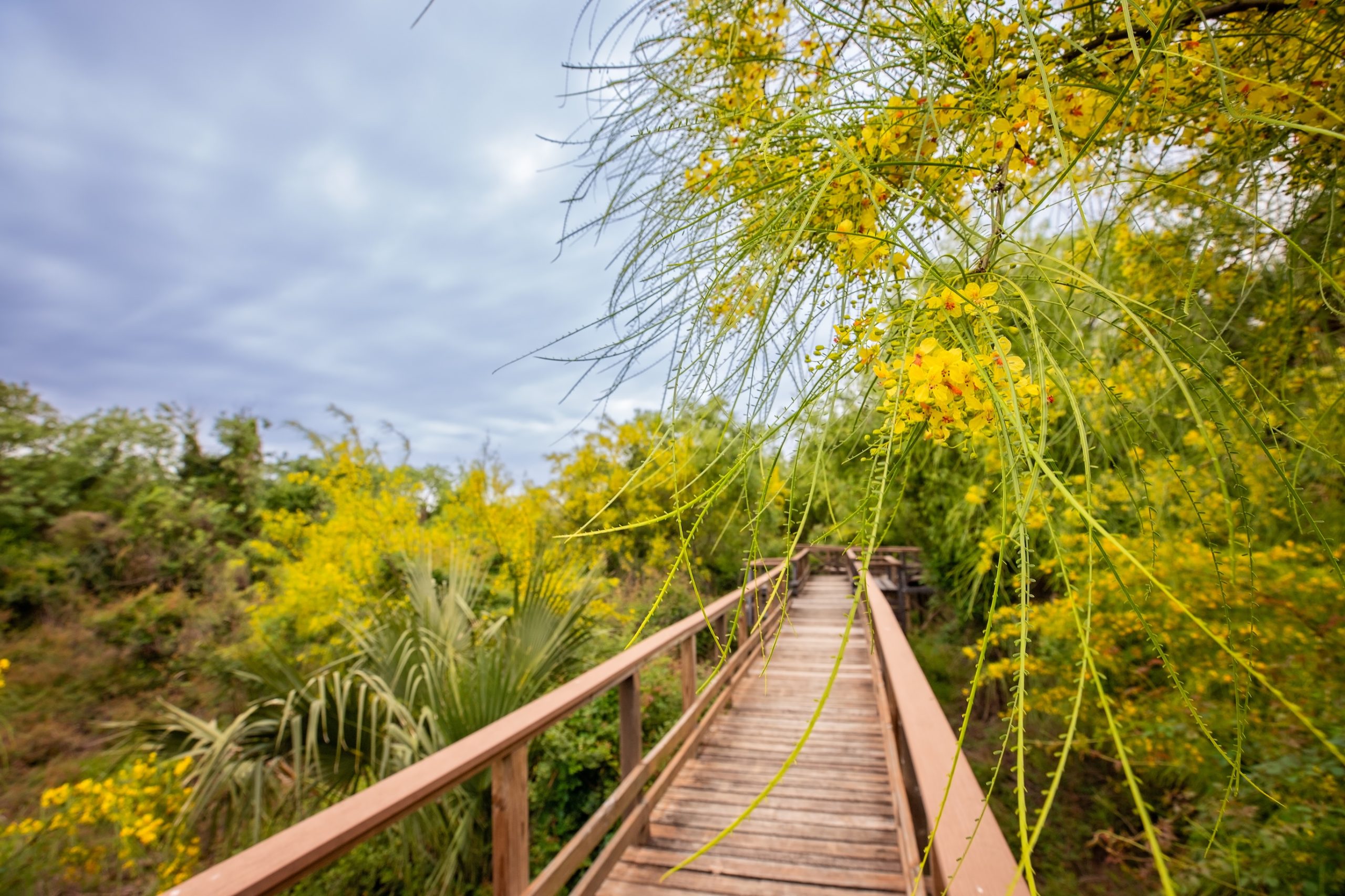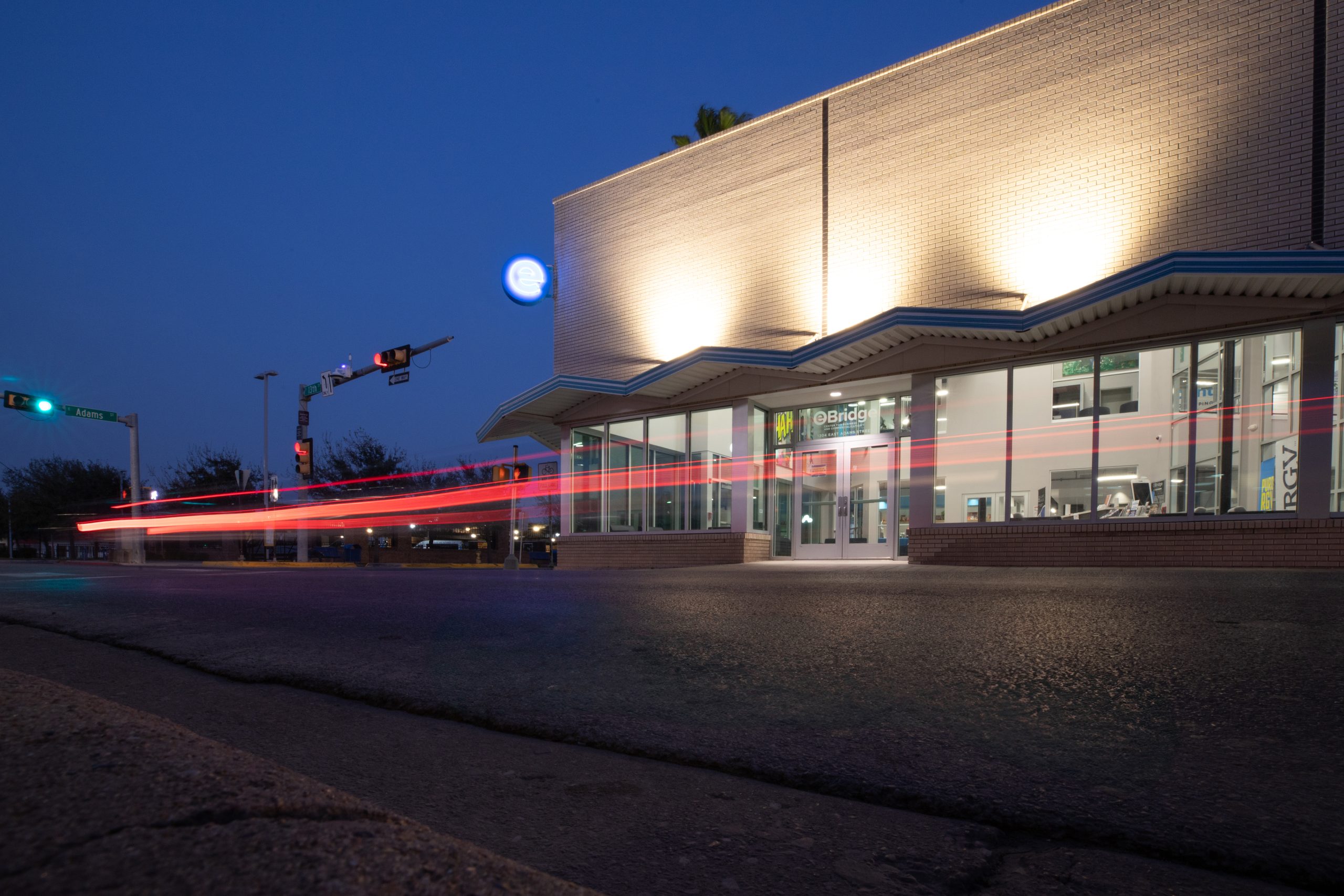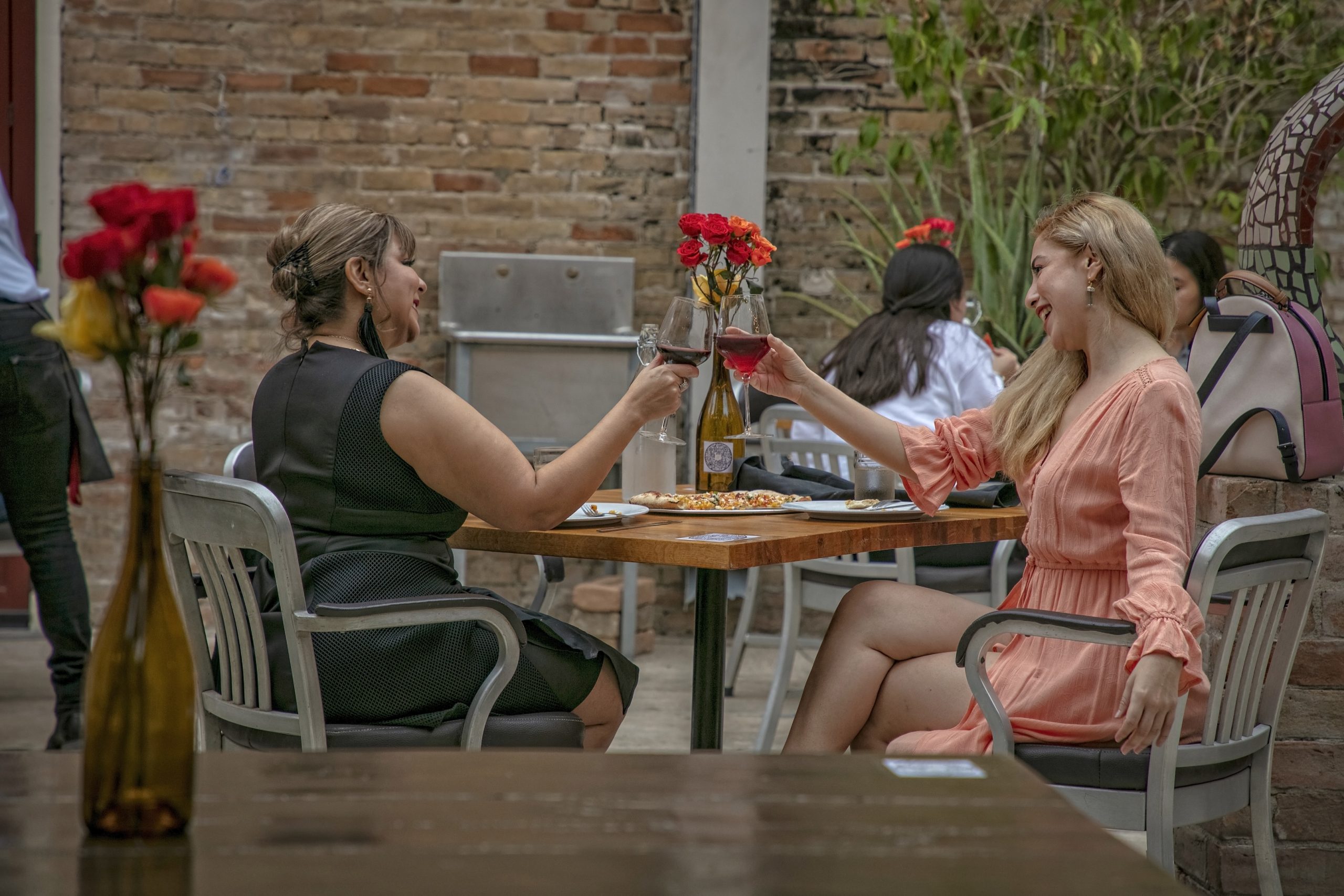Life in Brownsville, Texas, combines low living costs with cultural richness and educational access. Housing remains affordable compared to other Texas cities, making it a practical choice for families and young professionals. The city celebrates its heritage through events like Charro Days and maintains a strong community atmosphere. Students benefit from local public, charter, and private school options and the University of Texas Rio Grande Valley campus. Major job sectors include education, healthcare, and aerospace, with employers like SpaceX and BISD expanding opportunities. With bike trails, parks, and access to the Gulf, Brownsville offers a well-rounded environment to live and work.

On the border, by the sea, Brownsville, Texas, is the largest city in the Rio Grande Valley. It is known as the Crossroads of the Hemisphere due to its proximity to the United States border with Mexico.
Brownsville’s employment landscape is based in the Education and Health Services sector, which claims the largest share of the city’s workforce. In October 2023, this sector alone accounted for 30.33% of employment. Institutions like the University of Texas at Brownsville and Texas Southmost College, along with the UT Health Science Center at Houston’s local campus, are not just academic hubs but major employment drivers.
Following closely, the Government sector is another vital pillar of Brownsville’s economy, comprising 18.05% of the employment pie as of October 2023. This significant employment share highlights the city’s role as a central administrative and services hub, reflecting its importance in public administration and community services.
The Trade, Transportation, and Utilities sector is a significant employer in Brownsville, providing jobs to 16.08% of the workforce. Brownsville’s strategic location at the crossroads of trade routes between the US and Mexico, along with its well-developed transportation and logistics infrastructure, makes it an ideal hub for trade. The Port of Brownsville is a vital part of this ecosystem, facilitating the movement of goods and contributing to the city’s vibrant economy.
The average commute time in Brownsville, Texas, is only 20.1 minutes, which is 6.7 minutes less than the national average. Compared to other cities in Texas, Brownsville has a relatively short commute time, which allows its residents to have more time to enjoy the rich cultural and recreational options available in the city.

SpaceX conducts launches from our beaches, while our Port is currently home to the largest greenfield energy project in the history of the United States.
The Rio Grande LNG project is a significant economic milestone, with a historic record-breaking investment of $5.9 billion. This initiative aims to create a modern gas liquefaction and export hub, spread over more than 750 acres, to process and export liquefied natural gas globally. This project has emphasized the strategic importance of Brownsville in the energy market while offering numerous economic opportunities.

On the border, by the sea, Brownsville, Texas, is the largest city in the Rio Grande Valley. It is known as the Crossroads of the Hemisphere due to its proximity to the United States border with Mexico.
Brownsville’s employment landscape is based in the Education and Health Services sector, which claims the largest share of the city’s workforce. In October 2023, this sector alone accounted for 30.33% of employment. Institutions like the University of Texas at Brownsville and Texas Southmost College, along with the UT Health Science Center at Houston’s local campus, are not just academic hubs but major employment drivers.
Following closely, the Government sector is another vital pillar of Brownsville’s economy, comprising 18.05% of the employment pie as of October 2023. This significant employment share highlights the city’s role as a central administrative and services hub, reflecting its importance in public administration and community services.
The Trade, Transportation, and Utilities sector is a significant employer in Brownsville, providing jobs to 16.08% of the workforce. Brownsville’s strategic location at the crossroads of trade routes between the US and Mexico, along with its well-developed transportation and logistics infrastructure, makes it an ideal hub for trade. The Port of Brownsville is a vital part of this ecosystem, facilitating the movement of goods and contributing to the city’s vibrant economy.
The average commute time in Brownsville, Texas, is only 20.1 minutes, which is 6.7 minutes less than the national average. Compared to other cities in Texas, Brownsville has a relatively short commute time, which allows its residents to have more time to enjoy the rich cultural and recreational options available in the city.

Brownsville's quality of life is remarkable. In 2023, U.S. News and World Report ranked it the 8th best place to live in Texas. Additionally, SmartAsset Advisors ranked it the 16th safest city in the United States in 2022. Residents can enjoy a fuller life, with savings on essentials that translate into stronger community roots and broader personal and family growth opportunities. In fact, Brownsville was ranked #2 out of the top 10 low cost-of-living cities in America.
Brownsville consistently ranks among the most affordable cities in the country. It’s up to 61% more affordable than major Texas metros like San Antonio, Dallas, or Austin. Even when compared to cities with similar or smaller populations, such as Carrollton and Midland, Brownsville offers a clear cost-of-living advantage, with average expenses coming in 39.52% and 9.38% lower, respectively.
National recognition has followed. In 2023, U.S. News & World Report ranked Brownsville the 8th best place to live in Texas. It was named the 16th safest city in the U.S. by SmartAsset Advisors in 2022. Brownsville is also a recipient of the All-America City Award, a Robert Wood Johnson Foundation Culture of Health Prize, and holds a Bronze-level Bicycle Friendly Community designation—the only city south of San Antonio to do so. These honors reflect both civic strength and long-term investments in public health, safety, and mobility.
With a median age of 31, Brownsville has a young, upwardly mobile population. The city blends tradition and modernity—its historic architecture, binational culture, and expanding creative scene are complemented by festivals that celebrate music, arts, and regional food. This cultural energy deepens the sense of belonging and draws visitors and new residents alike.
Brownsville’s dynamism is rooted in its Hispanic heritage and its place on the U.S.–Mexico border. Over 94% of residents identify as Hispanic or Latino, and 85% of households speak a language other than English at home. The result is a community that is both bilingual and deeply connected across borders. That spirit comes to life during Charro Days, the nearly century-old binational celebration shared with Matamoros, Tamaulipas. More than 50,000 people attend every year to enjoy parades, music, traditional food, and the signature Sombrero Fest.

Brownsville benefits from its unique four-season weather and geographic location. The city is known for having more than 9 trails part of the 428-mile Caracara Trails multi-use trail network.
Brownsville’s trail system blends natural beauty, history, and community access. The city is a key anchor in the 428-mile Caracara Trails network, a regional system connecting neighborhoods, parks, and historical sites across Cameron County. Among these routes, the Historic Battlefield Trail is especially significant—it’s the only National Recreation Trail south of San Antonio and follows the path of major battles from the U.S.–Mexico War, offering a living connection to Brownsville’s origins. Monte Bella Trails Park adds a more rugged option, with seven miles of dedicated mountain biking routes and one of the region’s largest disc golf courses.
Urban trails like the West Rail Trail and Southmost Nature Trail run through residential corridors, making green space accessible for daily walkers, runners, and cyclists. The trails at Resaca de la Palma State Park and the 557-acre Sabal Palms Sanctuary offer more immersive experiences, especially for birdwatchers—Resaca de la Palma alone has a checklist of over 280 species. Several sections of the Caracara network also include water-based routes ideal for kayaking and canoeing, particularly near Dean Porter Park and other access points along the resacas.
Beyond its trails, Brownsville’s commitment to outdoor recreation is evident in destinations like the Gladys Porter Zoo. Spanning 31 acres and home to more than 1,600 animals, the zoo is nationally recognized for its conservation work, particularly with endangered species. Since opening in 1971, it has become a cornerstone for education and tourism, drawing over 400,000 visitors annually. On the Gulf side, Boca Chica Beach remains largely undeveloped and pristine. Its clear waters, tidal flats, and native wildlife make it a haven for swimming, fishing, birding, and quiet exploration.
Brownsville also preserves and shares its history through institutions like the Brownsville Museum of Fine Art, which showcases works by regional and international artists. The Historic Brownsville Museum, housed in the original Southern Pacific Railroad Depot, chronicles the city’s transportation and cultural development. Nearby, the Stillman House Museum offers a preserved look into 19th-century domestic life and the roots of one of the city’s founding families.
Brownsville’s commitment to wellness goes beyond infrastructure. For 15 consecutive seasons, the city has hosted The Challenge, a free, community-wide health initiative that invites residents to engage in physical activity, nutrition, and healthy habits over a multi-week period. More than 12,000 people have registered since its launch, making it one of the region’s most enduring and widely adopted wellness programs.

Brownsville’s cultural heritage, historical architecture, and natural scenery aren’t limited to downtown. The energy that defines the city extends well beyond its core.

Brownsville shines as a prime example of growth, diversity, and opportunity.
This city celebrates its binational heritage but also looks forward to a future of innovation and connectivity. From educational and healthcare excellence to embracing its role in global trade and space exploration, Brownsville proves the strength of unity and progress. It’s a place where community, culture, and opportunity meet, offering a compelling invitation to those who seek to be part of its ongoing story and history.